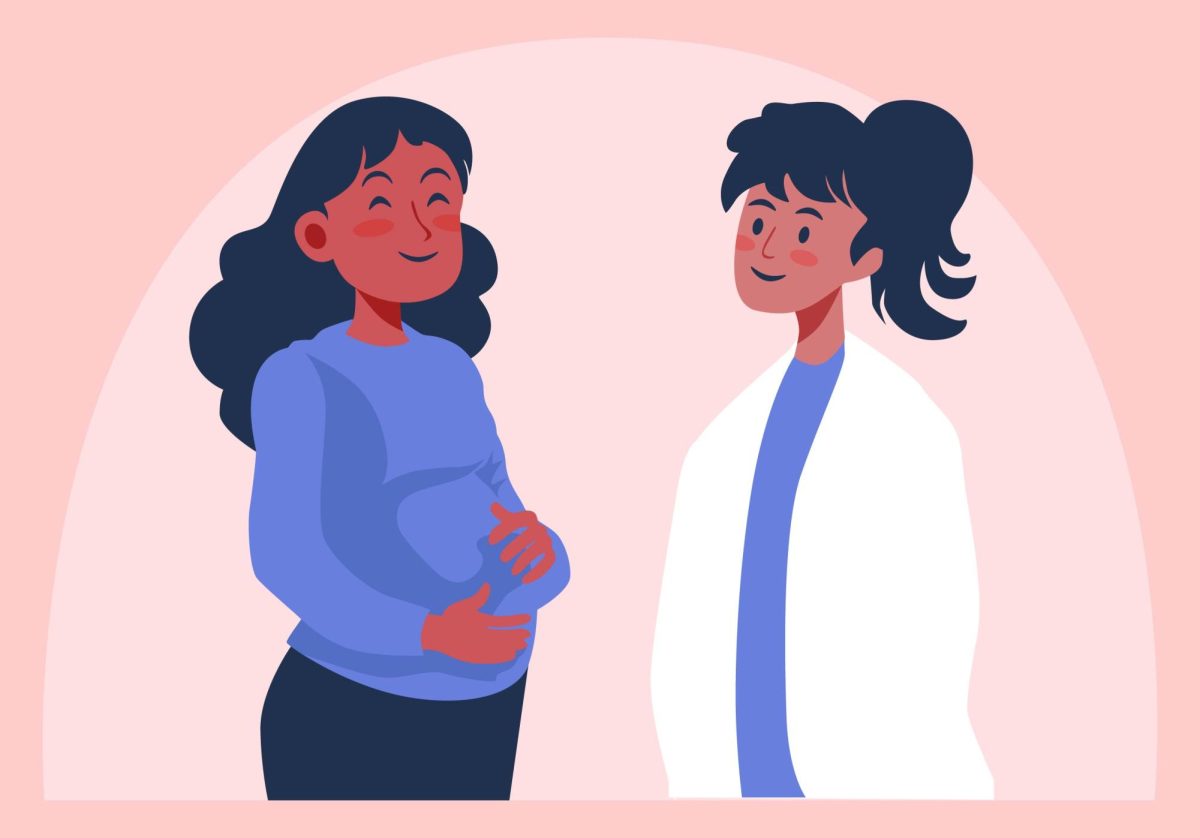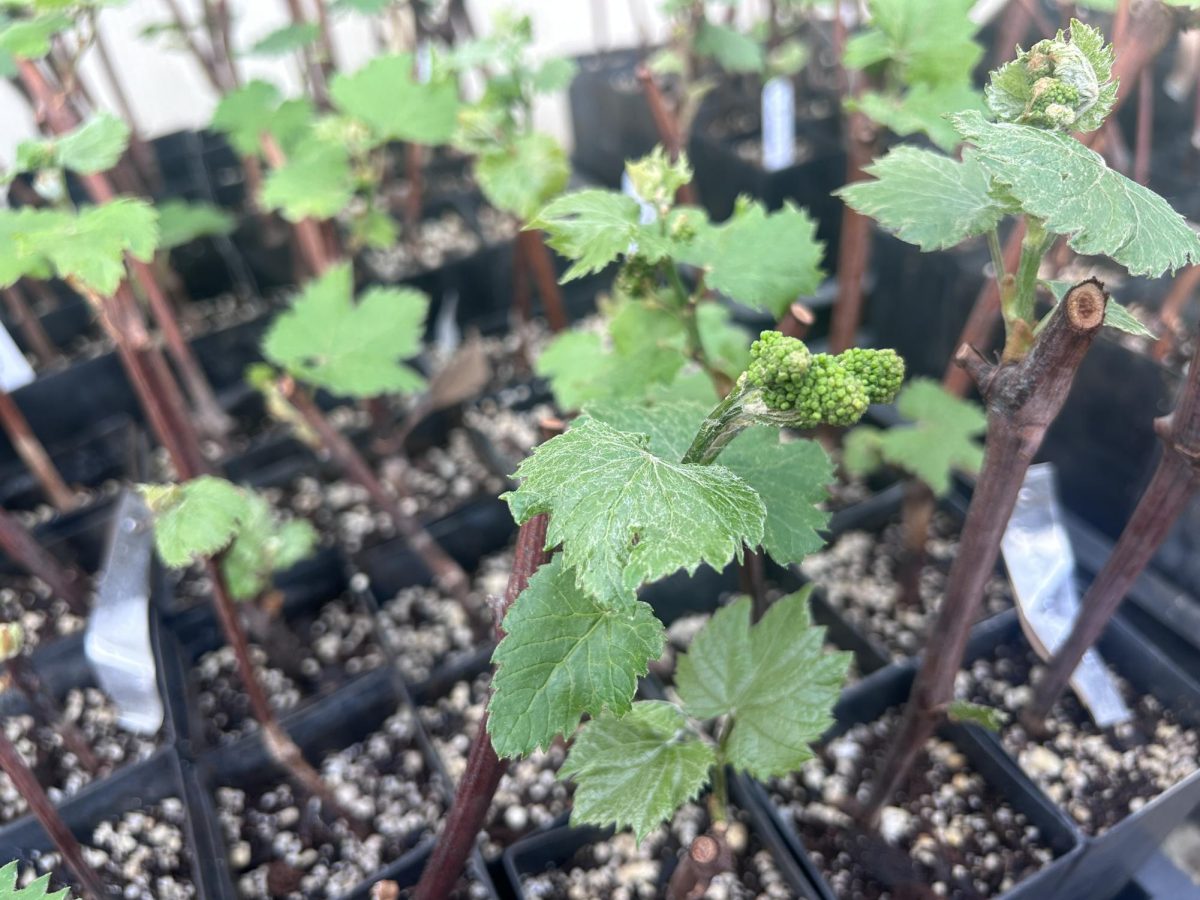A study from the University of Minnesota’s School of Public Health said American Indian and Alaska Native women with access to Indian Health Services and insurance were more likely to receive higher-quality care before birth, reducing the risk of infection or serious complications after birth and maternal mortality rates in these communities.
The study evaluated the care of pregnant native women with IHS and with private insurance, like Medicaid, before and after birth, according to the press release.
The IHS is an organization within the U.S. Department of Health and Human Services that provides health care services to federally recognized tribes, according to the IHS website.
Researchers from SPH used data of Native women across 44 states who gave birth between 2016 and 2020, collected by the Pregnancy Risk Assessment Monitoring System, or PRAMS, to evaluate the quality of care depending on the women’s access to IHS and insurance.
Hailey Baker, a medical student at the University who worked on the study, said additional data from the CDC indicated Native people experience maternal mortality up to a year after childbirth because of factors like mental health issues.
Julia Interrante, the study’s lead author, said they defined high-quality care in the study by determining whether the pregnant women received at least 75% of the recommended screenings throughout the pregnancy process.
According to the study, pregnant people who reported being uninsured before pregnancy with IHS access were found to be 16% more likely to receive high-quality care. Those who were uninsured during pregnancy with IHS access were 7% more likely to receive high-quality care.
Interrante said there are 12 recommended screenings before pregnancy, 11 during pregnancy and seven postpartum, as recommended by the American Academy of Pediatrics and the American College of Obstetrics and Gynecologists.
The study found pregnant Indigenous people received about 47% of recommended screenings preconception, about 84% of screenings during pregnancy and about 70% of screenings postpartum.
Interrante said the data did not include the tribal enrollment of pregnant people, so it is unclear whether certain tribes experience maternal mortality and morbidity at higher rates than others.
Most IHS facilities are located in rural areas near tribal lands, and there are fewer facilities in urban areas, Interrante said. Urban IHS facilities get less funding from the government, making up 1% of the organization’s budget, which impacts pregnant people’s access to care at IHS facilities.
The IHS also mainly serves federally recognized tribes, reducing access to care for members of tribes that are recognized on the state level but not federally, Interrante said.
The IHS is underfunded and understaffed, leading to a lot of issues for people who need access to perinatal care, Baker said.
“You see understaffed facilities, which sometimes leads to an inability to provide birthing care itself or inability to access prenatal or postpartum care,” Baker said.
Baker said some maternity units in both rural and urban areas in IHS facilities have been closing down because of limited funding. Birthing and delivery units are generally one of the first departments to be cut because they are less profitable than other units.
Preconception care is also important because receiving high-quality care even before pregnancy contributes to high-quality care during pregnancy and postpartum, Baker said.
“If you can’t get access to high-quality care throughout the lifespan (of a person), then when you do get pregnant, you’re going to be at risk for more negative health outcomes,” Baker said.
Baker said there is not much research out about health care for native people.
“I can’t tell you how many times that I’ve looked at a graph and I know that it’s something that native people experience disproportionately high rates of and yet they’re not represented,” Baker said.














